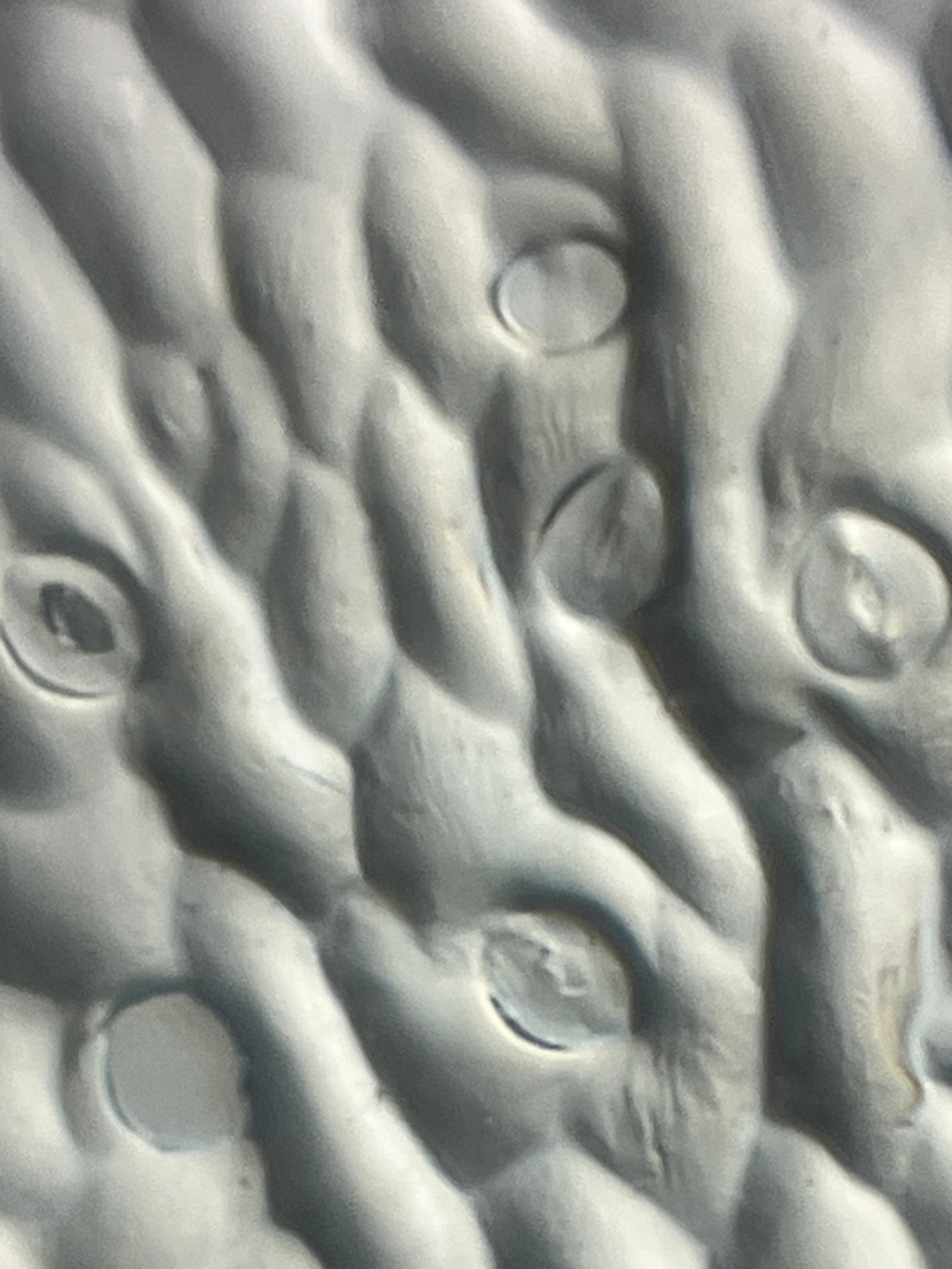Happy December Foldscopers! In the northern hemisphere the temperatures are dropping and we are entering the final month of the year. During this time, iconic symbols of the winter season become prominent everywhere you look, including the holly tree.
Holly has been used as a winter decoration for hundreds of years showcasing the red and green colors commonly associated with this time of year. When you go outside and take in the winter landscape, the bright green leaves and vibrant red berries really stand out.


Biology of the Holly Tree
Holly trees are a part of the genus Ilex and include over 500 different species ranging from small shrubs to trees that can grow to 100 feet tall!

Holly trees are found on every continent except for Antarctica, making it a very recognizable plant worldwide. Another property of many holly trees is that they keep their green leaves year round. This is why it is commonly used as a symbol of the winter holidays.

A Closer Look at Holly Trees
Holly Leaves
Holly trees are known for their green leaves lined with spines. However, not all holly leaves have prickly spines on them. And interestingly a single holly tree can have both spiny leavesand smooth leaves - sometimes even on the same branch!

Holly leaves are very thick with a waxy coating on top. The thick leaves make them a perfect specimen for studying stomata. Stomata are pores in a leaf where gas exchange takes place. Using a microscope, you can see the stomata on the underside of the leaf, but they really stand out when you use a technique that utilizes super glue. By spreading super glue on the bottom of the leaf, letting it dry, peeling off the glue, and inspecting the peeled layer of dried glue under a microscope, you will be able to see the stomata of the leaf! They actually look like little mouths - it doesn’t take much imagination to picture them breathing for the leaf!


Due to the thickness of the leaves, it can be challenging to see a holly leaf under a microscope, but it can be done. As long as the light shining through the leaf is bright enough to pass through, you will get a clear image. The image below includes the center spine of the leaf giving it an otherworldly appearance under a Foldscope!

Holly Berries
Holly berries are found on the female trees and usually contain four seeds inside. The berries of a holly tree are toxic to humans, but are actually a very nutritious food source for birds. It is interesting to see that when viewed under a microscope, the skin of the berry is actually made of a variety of colors!



Holly Bark
The wood of the holly tree is very strong and dense. It is used for carvings, walking sticks, and arrows. The image below is of a carving made from the holly tree that is still growing in front of my childhood home in Pennsylvania. Periodically my parents would have to significantly cut the tree back so that it would stay out of the powerlines, and the decorative carving was made from the excess wood.

When looking at the bark of the holly tree under a microscope, it can evoke images of honeycombs or the surface of another world.


Find Holly Trees Near You
Have fun discovering the variety of holly trees in the world around you! Share your microscopic holly tree observations on the Microcosmos and use social media to tag us with your holly tree explorations, creations, and discoveries! We love to see how Foldscopers around the world are using their Foldscopes in new and innovative ways!
Facebook: @Foldscope
Twitter: @TeamFoldscope
Instagram: @teamfoldscope
Sources:
https://people.howstuffworks.com/culture-traditions/holidays-christmas/holly1.htm



